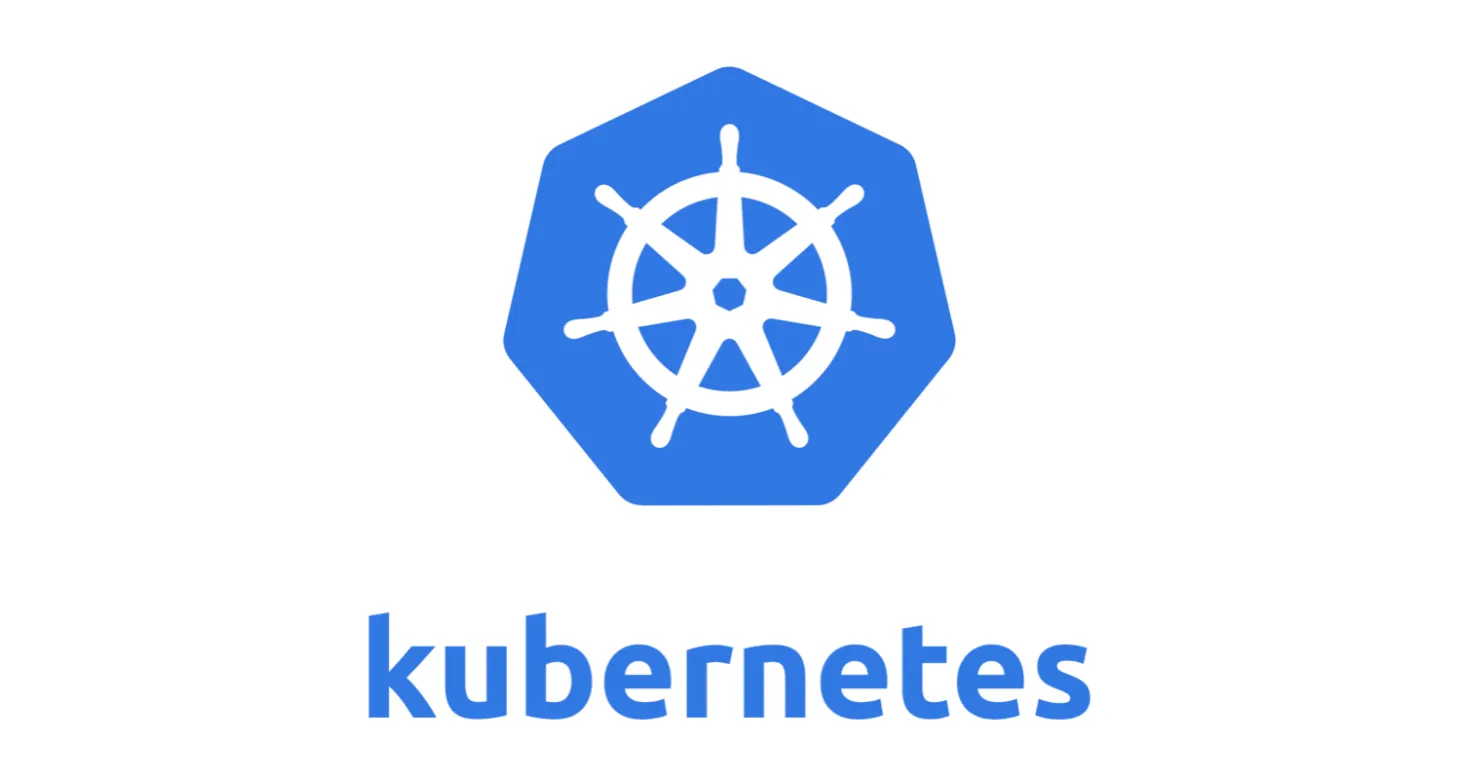Prerequisites
Before you begin, you will need the following tools and accounts:
- A Kubernetes 1.15+ cluster with your connection configuration set as the
kubectldefault. To create a Kubernetes cluster on DigitalOcean, read our Kubernetes Quickstart. To connect to the cluster, read How to Connect to a DigitalOcean Kubernetes Cluster. - Docker installed. Follow our tutorial on How To Install and Use Docker for instructions. Docker’s website provides installation instructions for other operating systems like macOS and Windows.
- An account at Docker Hub for storing your Docker image.
- The
kubectlcommand-line tool installed on your local machine and configured to connect to your cluster. You can read more about installingkubectlin the official documentation, or follow this tutorial on getting started with Kubernetes: A kubectl Cheat Sheet. - The curl command-line utility installed on your local machine. You can install
curlusing the package manager built into your operating system.
Step 1 — Building the Sample Application
In order to test Jaeger’s tracing abilities, we will build and deploy a sample application, sammy-jaeger, which uses two services: one for the frontend and one for the backend. We will build both using Python and the Flask microframework.
Our application will be a hit counter whose value increases every time we call the frontend. To simulate performance issues, we will code a randomized sleep function that executes whenever the frontend sends a GET request to the backend. In this step, we will build and deploy that application. In the following steps, we will deploy the app to Kubernetes, install Jaeger, and then use it to trace our service issue.
#kubernetes #jaeger #kubectl #docker hub #kubernetes cluster
